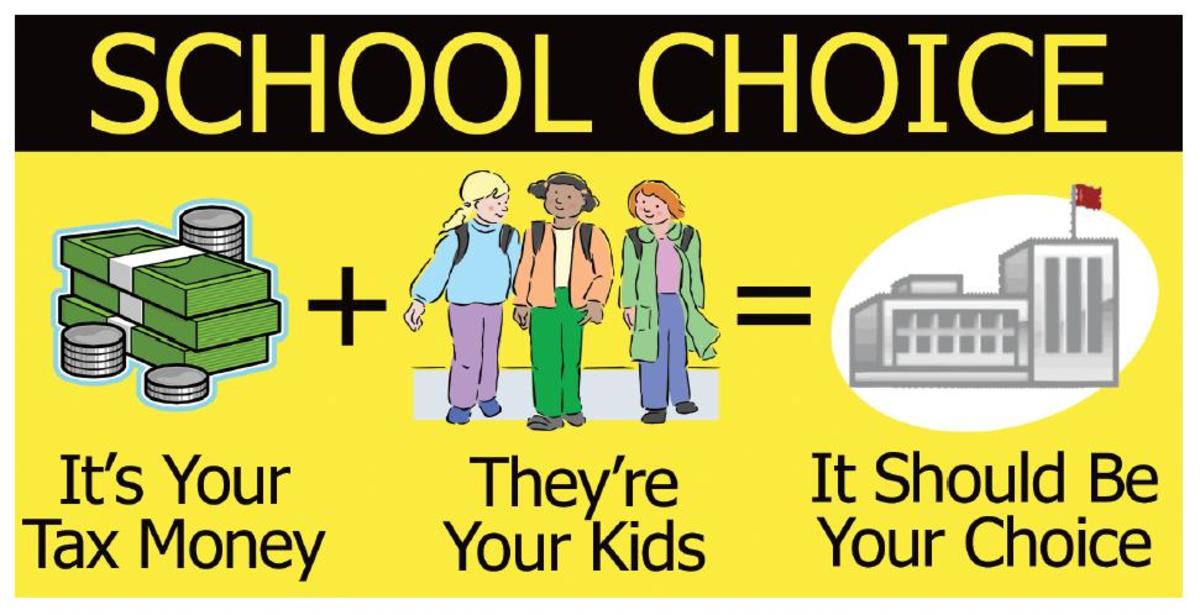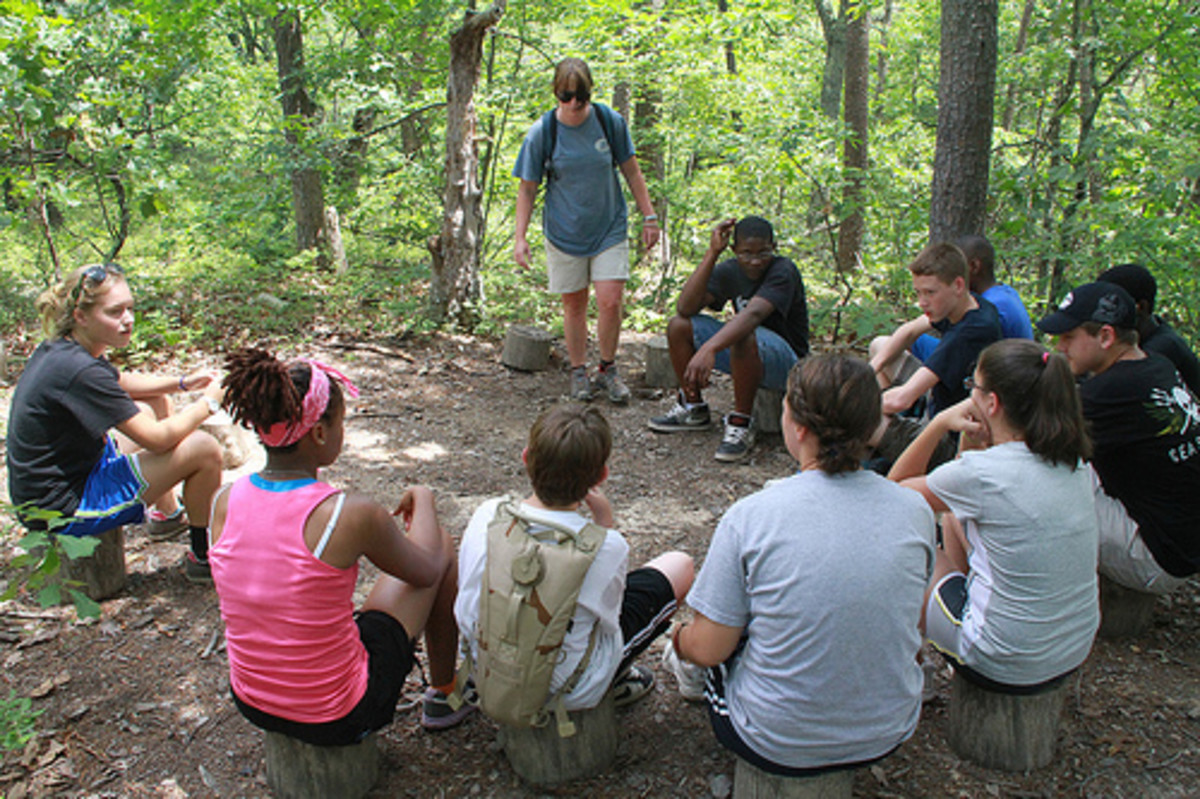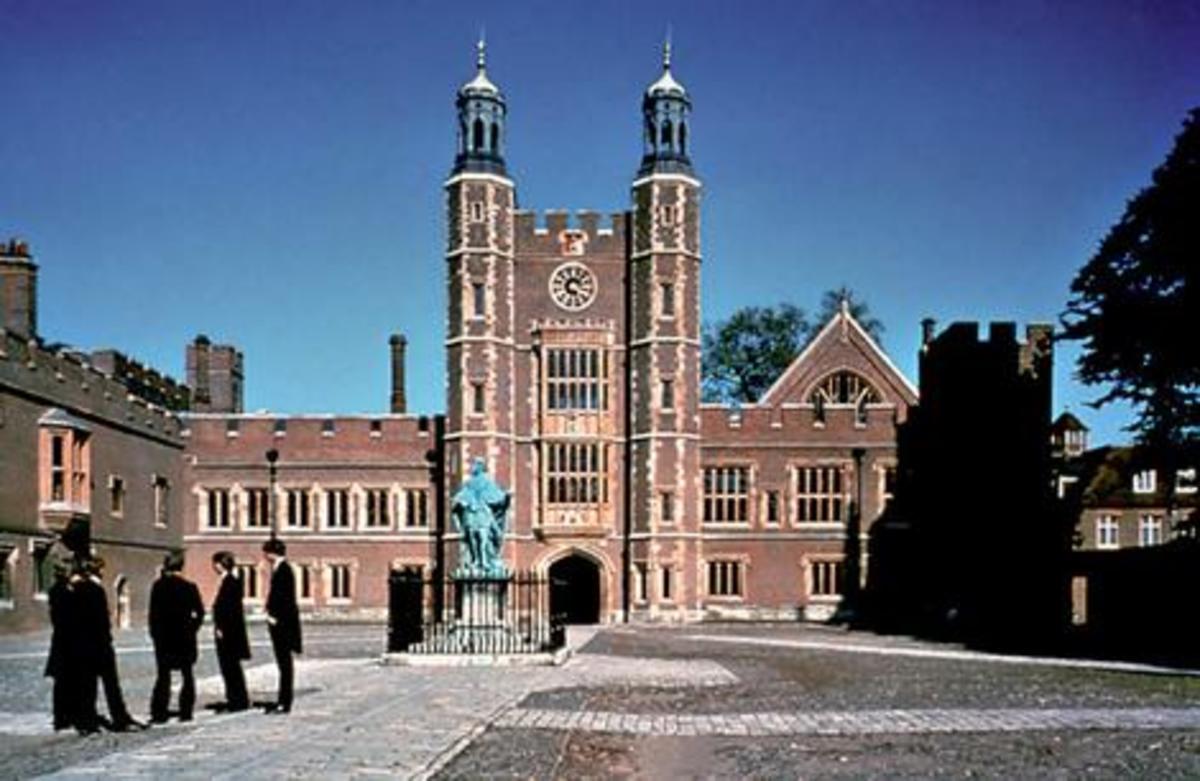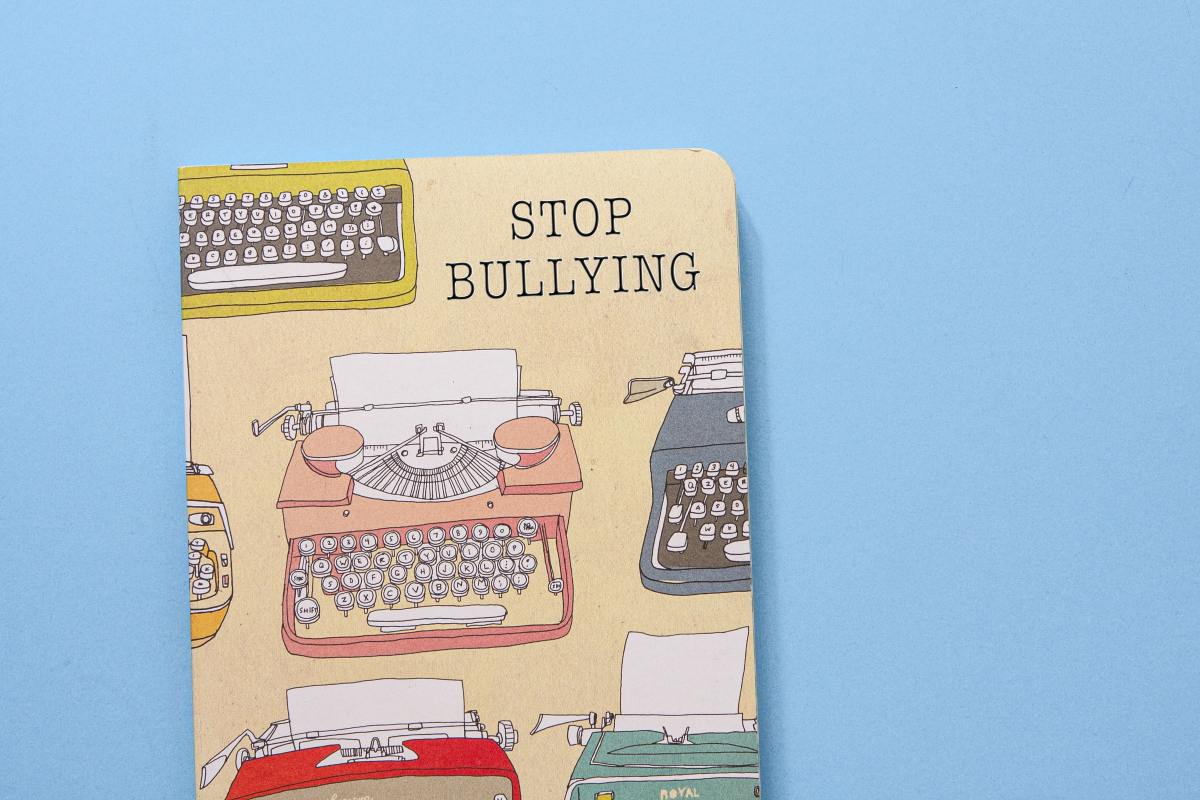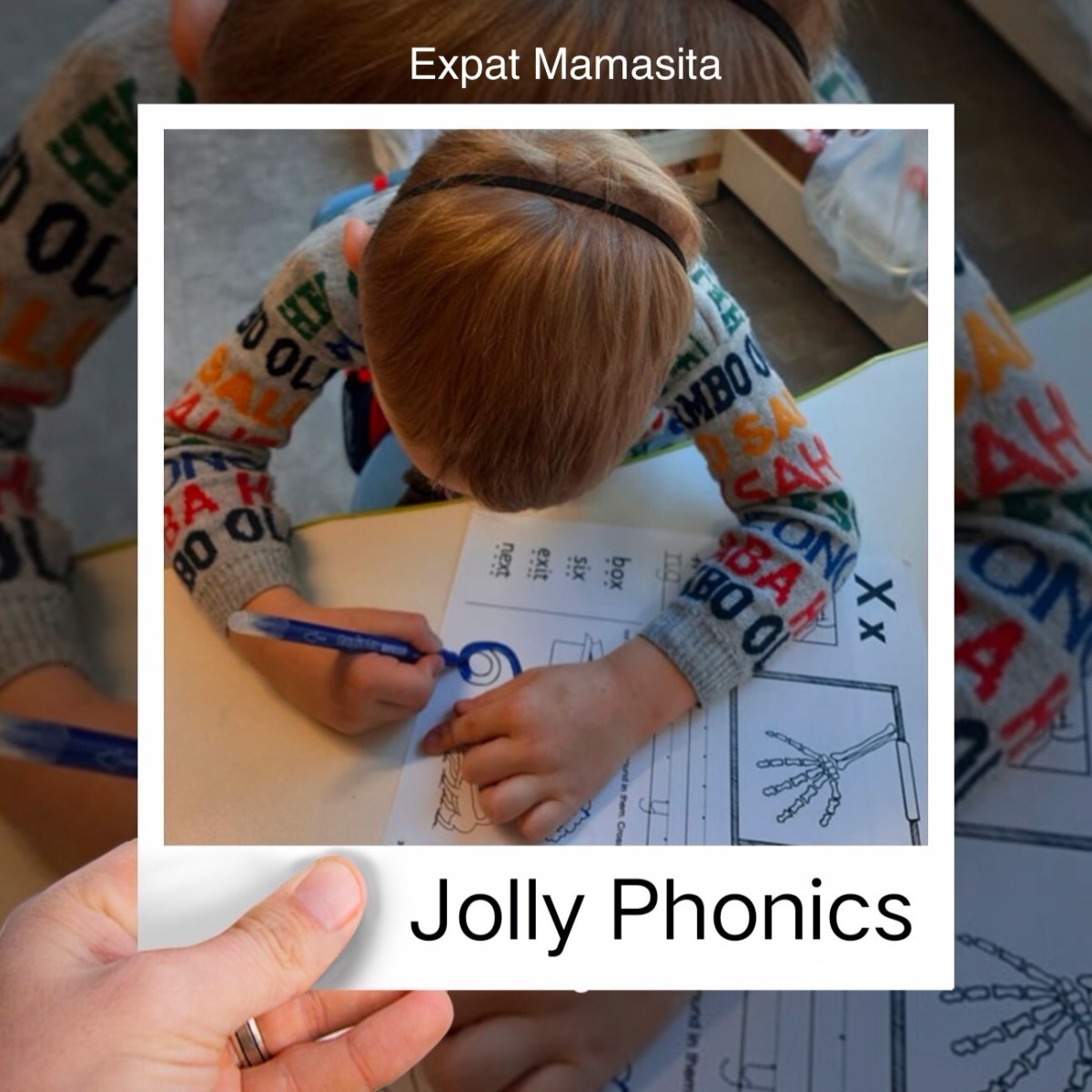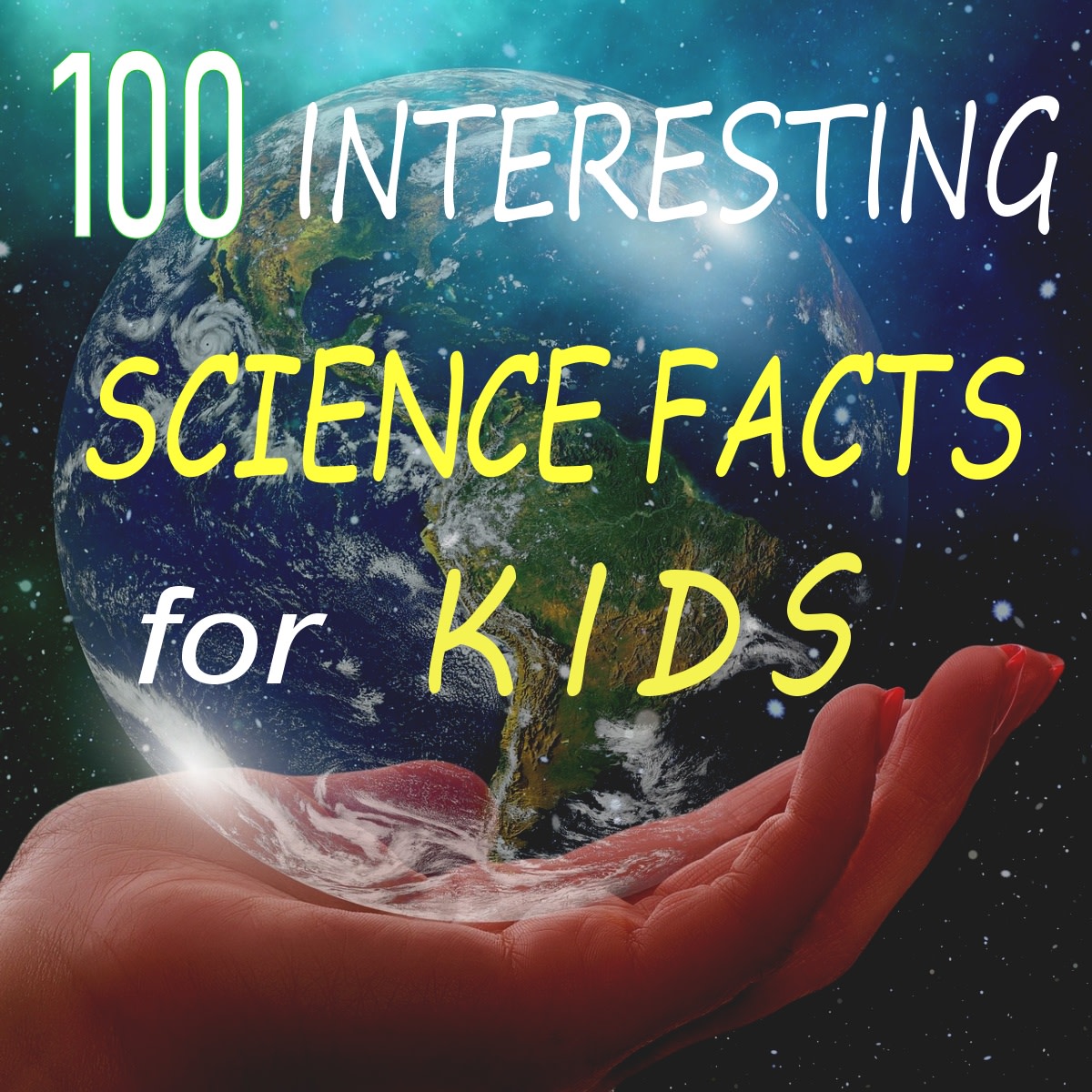What is a green school?
Note: All text and photos are property of the author and cannot be reused without permission.
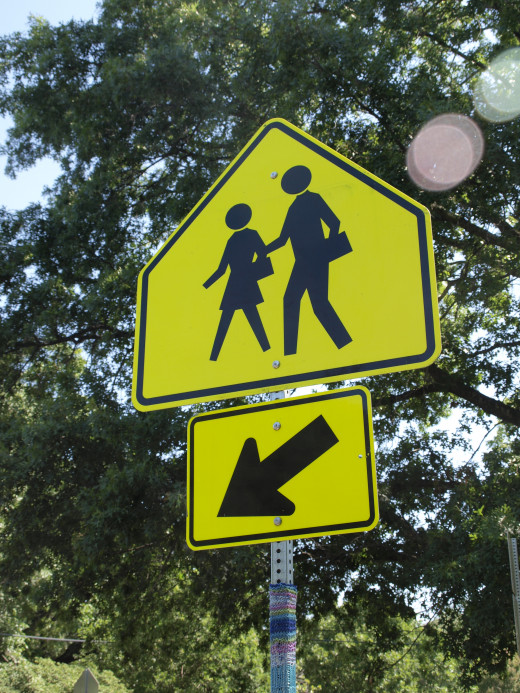
“Green school” means many things to many people:
- A healthy learning environment for kids – reducing chemicals, pollution, and other toxins; providing daylight, fresh air, and good acoustics
- Responsible use of resources - conserving electricity and water, recycling, composting
- Green spaces - creating outdoor living spaces like gardens and habitats for kids to learn and play
- Education about sustainability - teaching kids about all of these and how to responsible stewards of our earth
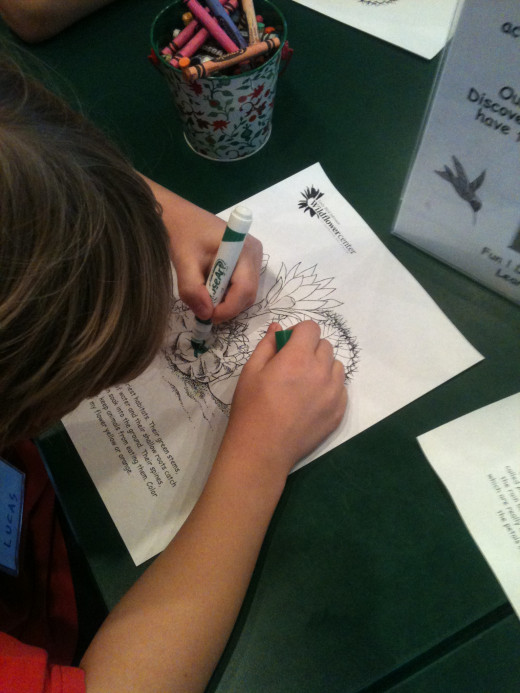
Benefits of green schools
Green schools are less expensive to operate
The US Green Buildings Council (USGBC) estimates that green schools (which are designed to be efficient from the start) use on average 33% less energy and 32% less water than typical schools. This translates into an average of $100,000 of savings per year per school. Existing schools that employ sustainable practices will notice cost reductions in energy and water bills, too.
Green schools are good for kids
Better air quality and fewer chemicals may decrease the number of days that kids are out of school due to respiratory and other illnesses. According to USGBC, nurses at green schools report fewer clinic visits and asthma-related incidents. Improved lighting and acoustics create better learning environments for kids, too.
Green schools are good for teachers and other staff
Daylight, comfortable rooms, better acoustics, improved air quality, and fewer chemicals are not only good for the kids who learn in a green school, they’re more pleasant and healthier for the teachers and staff who work there, too. According to the USGBC, teachers in green schools report that they prefer these schools. Fewer toxic chemicals also mean fewer related accidents for custodians and other staff.
Green schools build communities
According to the USGBC, green schools are a point of pride within a community and lead to higher property values. A focus on using local materials and resources is a plus for local businesses and professionals. Fewer pesticides and fertilizers wash into local creeks and streams. And as kids learn about how to be responsible stewards of the environment, their families learn, too. Easy pedestrian and bicycle access can be enjoyed by the whole neighborhood. Some green schools even provide community garden spaces and recycling collection services.
Green schools are good for the earth
They reduce the amount of trash sent to landfills, use less electricity and water than typical schools, and employ fewer toxic chemicals. Use of local materials translates to less fuel and pollution during transport. Improved bicycle and pedestrian access reduces vehicular emissions when families choose to walk or bike to school instead of driving.
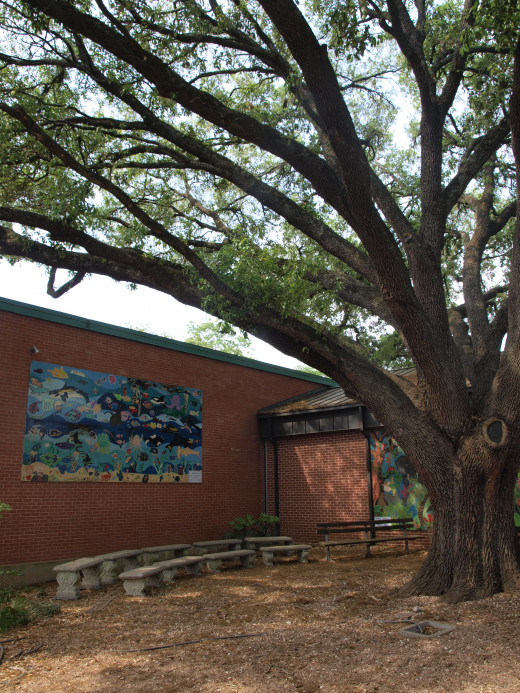
A school doesn’t have to be perfectly green to be beneficial. You can start your school on the path to becoming a greener school today. Pick one task in one area to start, and once that has become routine, select another. Our kids will inherit the earth that we’ve created. Sadly, they may have to fix some of our mistakes. Our gift to them now should be an appreciation of the earth, an awareness of the impact of their actions on it, and the desire and knowledge to help heal it.
- Green Schools Initiative
- Green schools now!
Help us bring green schools to every child across the nation within this generation. - Green Schools - Starting Your Green Team
How to start a green team at your school. Taking the first step towards more sustainable school practices.

